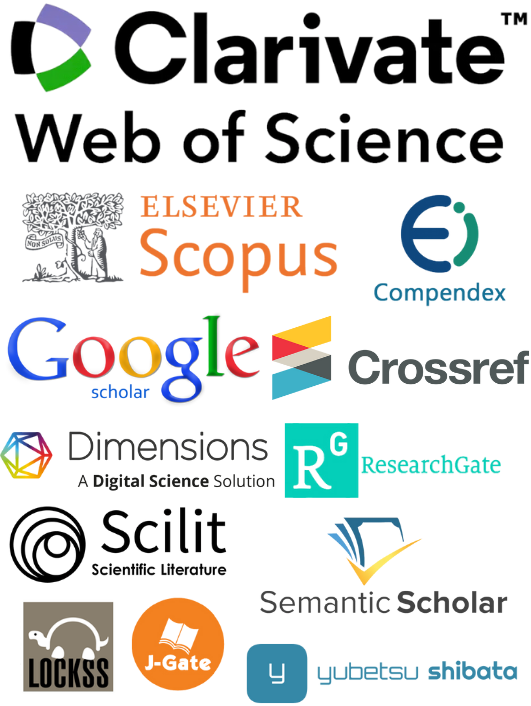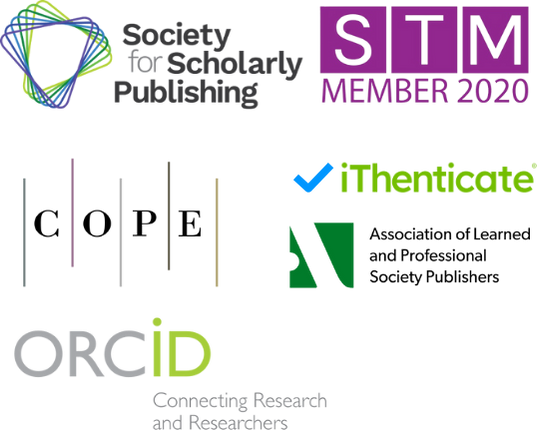Simulation Modeling of Mixed Motorized and Non-Motorized Traffic Flow in Road Bottleneck Areas Based on Evolutionary Game Theory
Keywords:
road bottleneck area, machine-unmixed flow, evolutionary game, metacellular automata, traffic delayAbstract
This study proposes an evolutionary game-based simulation model of motorized and non-motorized mixed flow in road bottleneck areas, combining evolutionary game theory and metacellular automata methods to simulate the behaviors and interactions between motorized and non-motorized vehicles in bottleneck areas. The results show that after evolution, the probability of motorized vehicles choosing to slow down is 60%, and the probability of non-motorized vehicles choosing the parallel/overtaking strategy is 50%. Simulation analysis reveals that the traffic delay increases nonlinearly with the increase of traffic density, especially in the bottleneck zone, where the traffic flow exhibits nonlinear transitions in traffic flow characteristics. Based on the simulation results, traffic management measures such as dynamic warning, facility optimization and policy regulation are proposed to improve the capacity and reduce the delay in bottleneck areas. This study provides a new method and theoretical support for traffic management, which is of great significance for optimizing traffic flow in road bottleneck areas.
References
1. A. Zeb, K. S. Khattak, M. Rehmat Ullah, Z. H. Khan, and T. A. Gulliver, "HetroTraffSim: A macroscopic heterogeneous traffic flow simulator for road bottlenecks," Future Transp., vol. 3, no. 1, pp. 368–383, 2023, doi: 10.3390/futuretransp3010022.
2. U. Jilani, M. Asif, M. Y. I. Zia, M. Rashid, S. Shams, and P. Otero, "A systematic review on urban road traffic congestion," Wireless Pers. Commun., pp. 1–29, 2023, doi: 10.1007/s11277-023-10700-0.
3. K. M. Almatar, "Traffic congestion patterns in the urban road network: (Dammam metropolitan area)," Ain Shams Eng. J., vol. 14, no. 3, p. 101886, 2023, doi: 10.1016/j.asej.2022.101886.
4. Y. Liu, R. Alsaleh, and T. Sayed, "Modelling motorized and non-motorized vehicle conflicts using multiagent inverse rein-forcement learning approach," Transportmetrica B: Transp. Dyn., vol. 12, no. 1, p. 2314762, 2024, doi: 10.1080/21680566.2024.2314762.
5. S. Hu, K. Mao, W. Tong, Z. Jia, W. Zhai, and H. Xu, "Motorized and non-motorized mixed traffic characteristics and lateral opening spacing calculation for the section of arterial highway through small towns," Sci. Rep., vol. 14, no. 1, p. 4834, 2024, doi: 10.1038/s41598-024-55529-0.
6. X. Fang, X. Chen, W. Jiang, and K. Yang, "Studies about characteristics of the mixed non-motorized traffic flow in Shanghai of China," in 17th COTA Int. Conf. Transp. Prof., Reston, VA, 2017, pp. 2317–2329, doi: 10.1061/9780784480915.244.
Downloads
Published
Issue
Section
License
Copyright (c) 2025 Xiang Wang, Dan Zhou, Quanhao Ma, Xueyu Zhuge, Guobin Gu (Author)

This work is licensed under a Creative Commons Attribution 4.0 International License.


